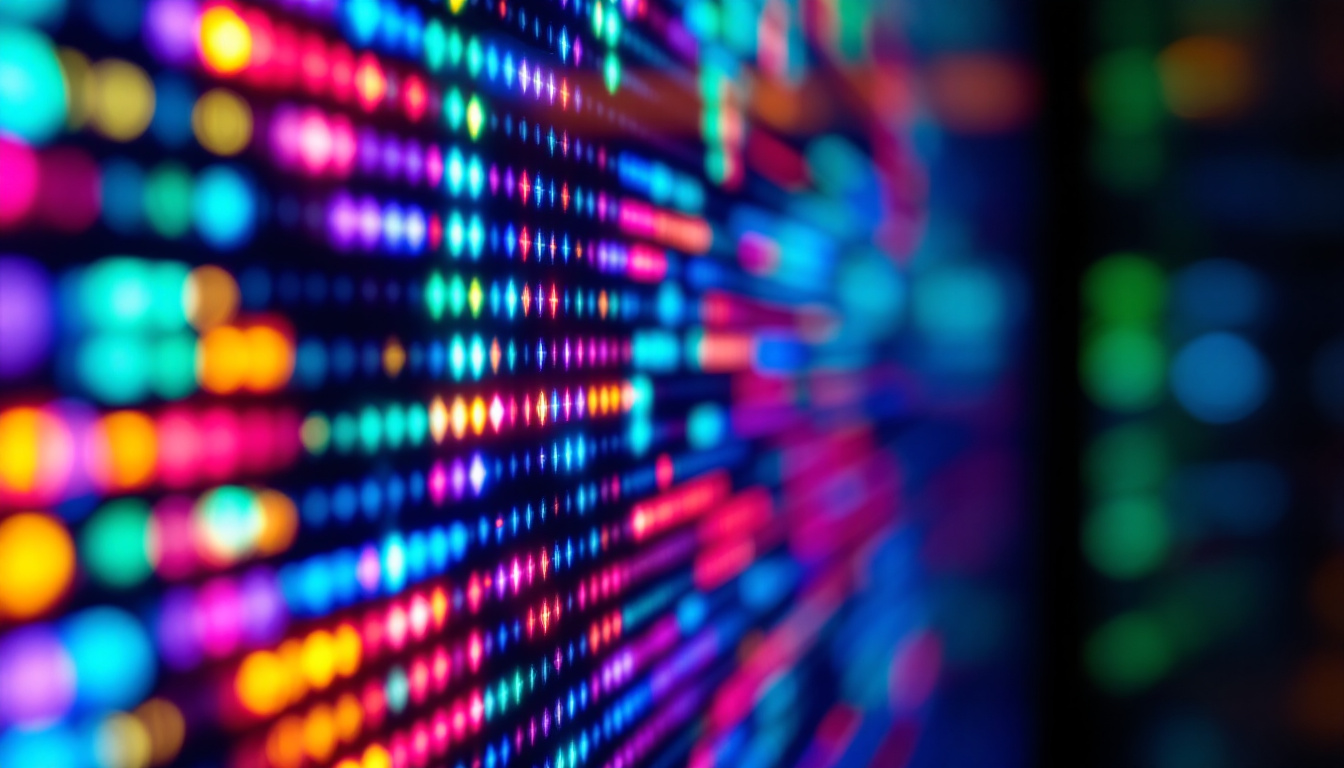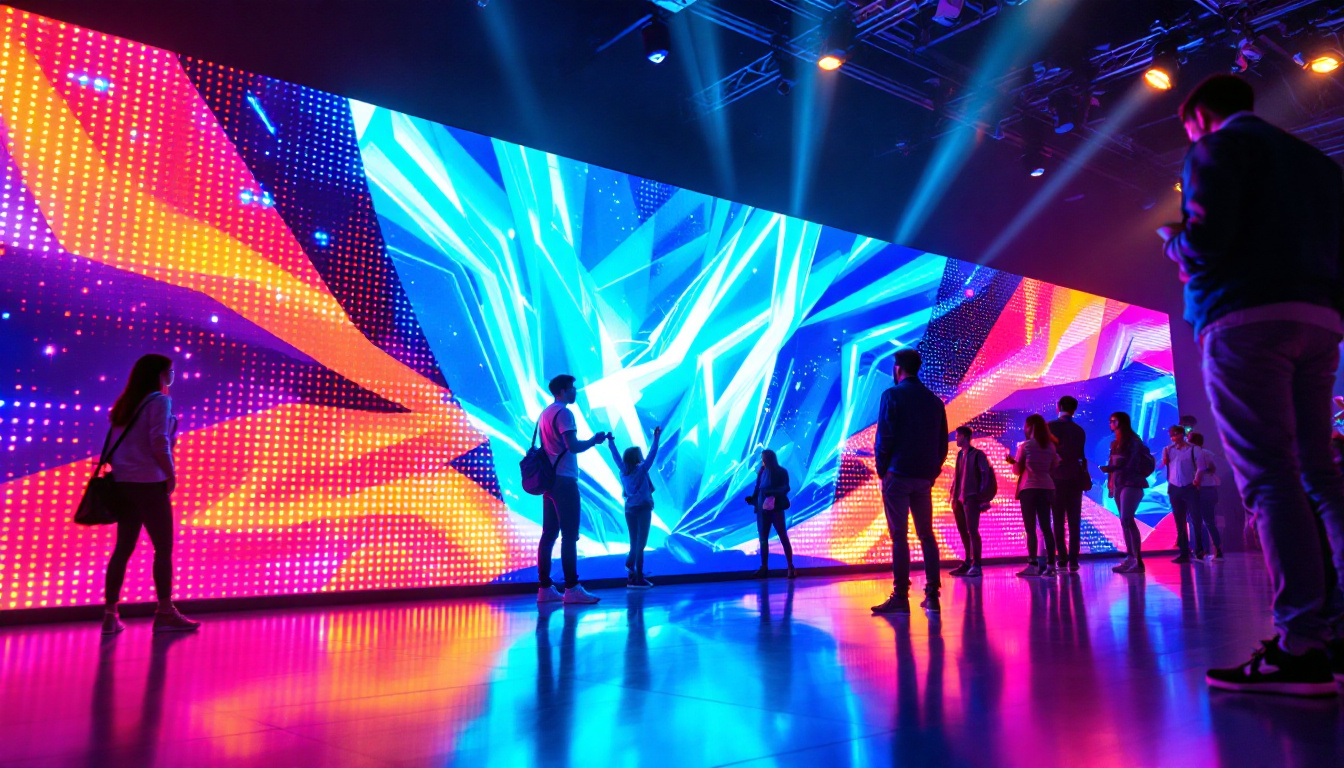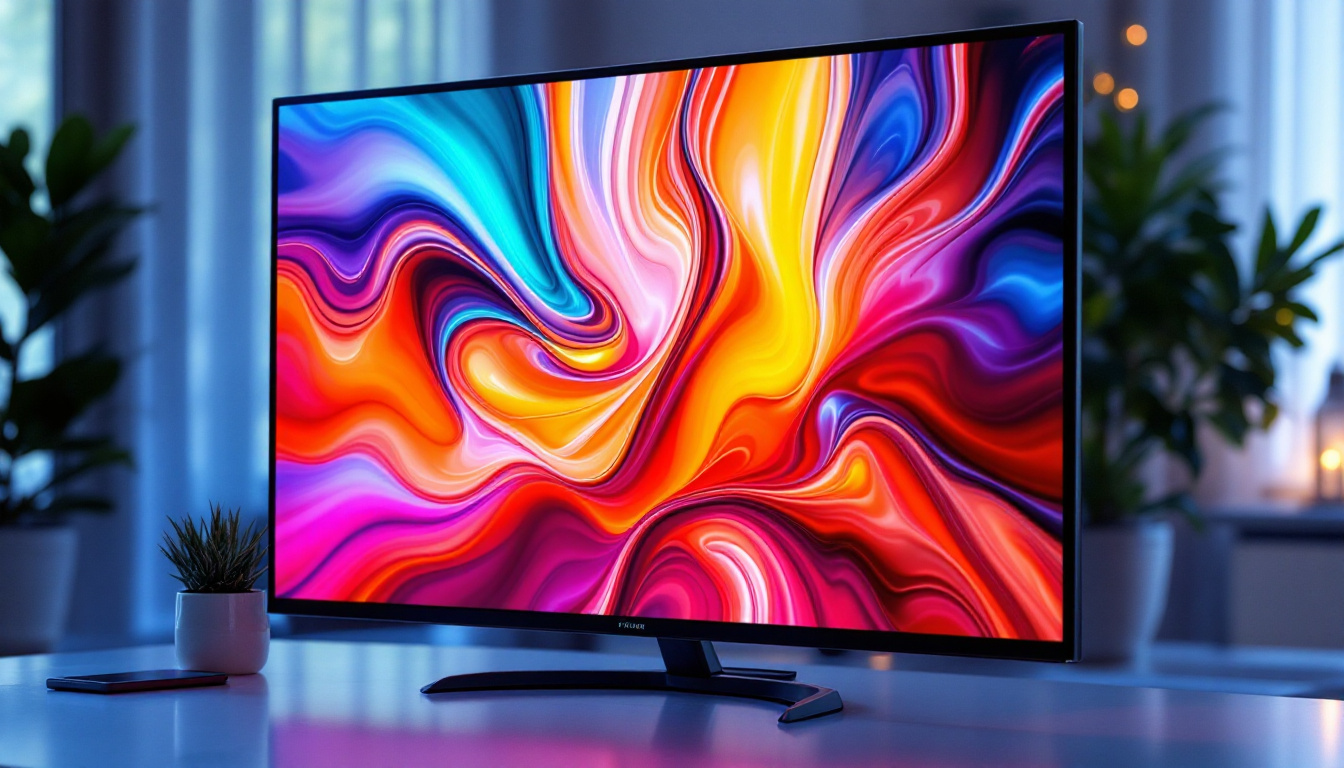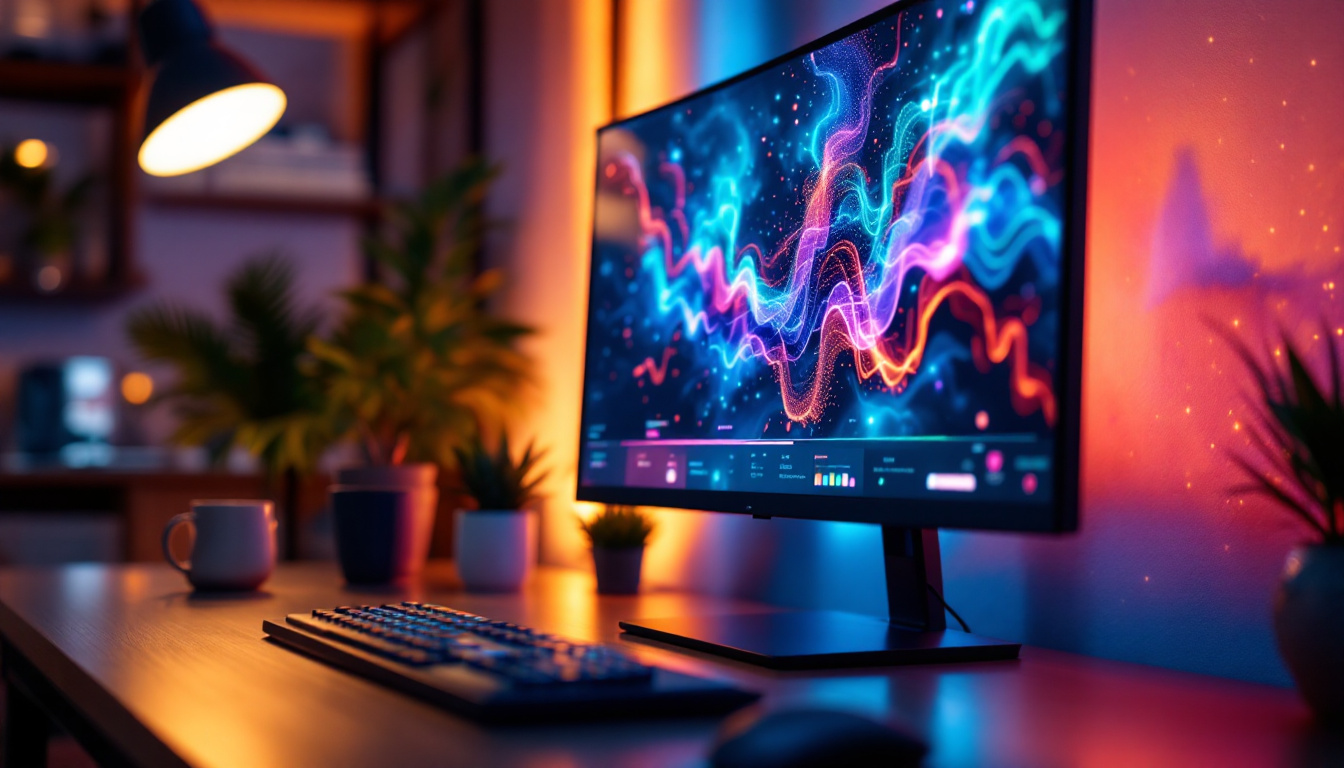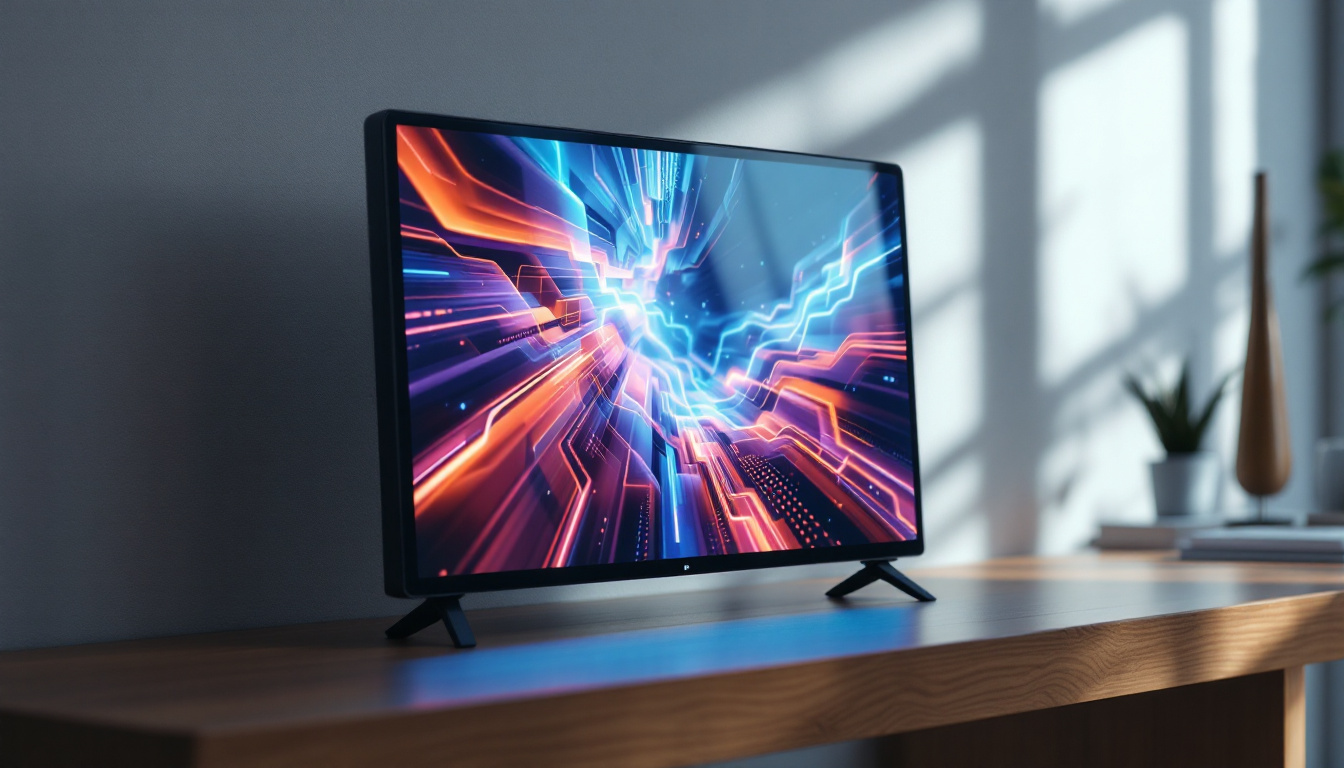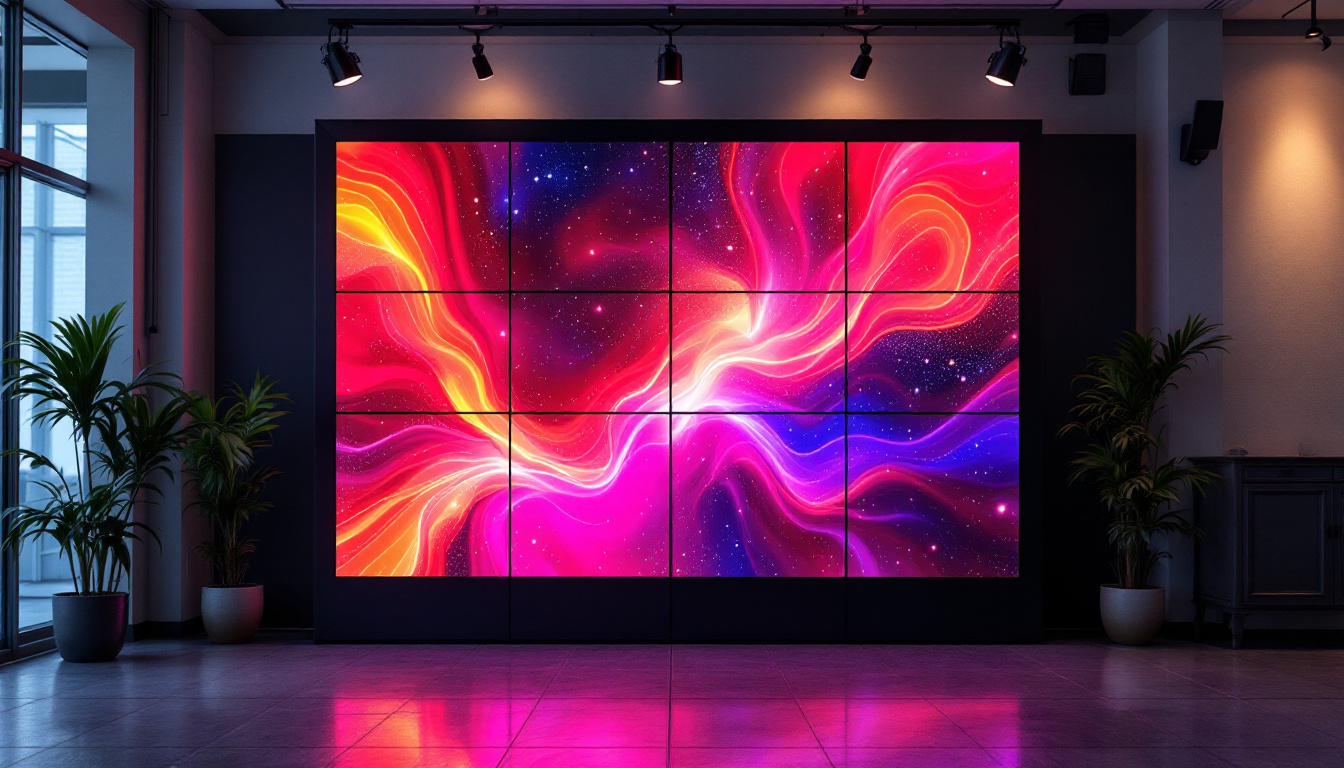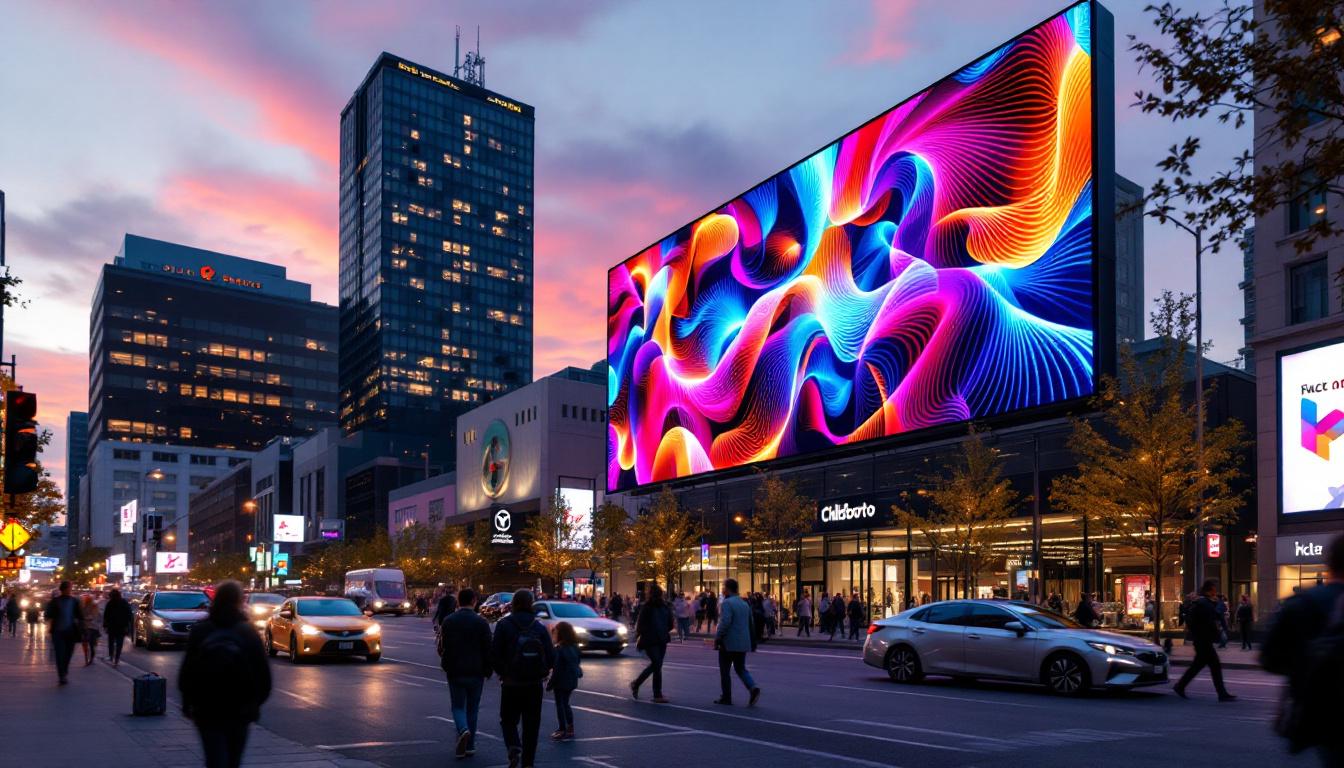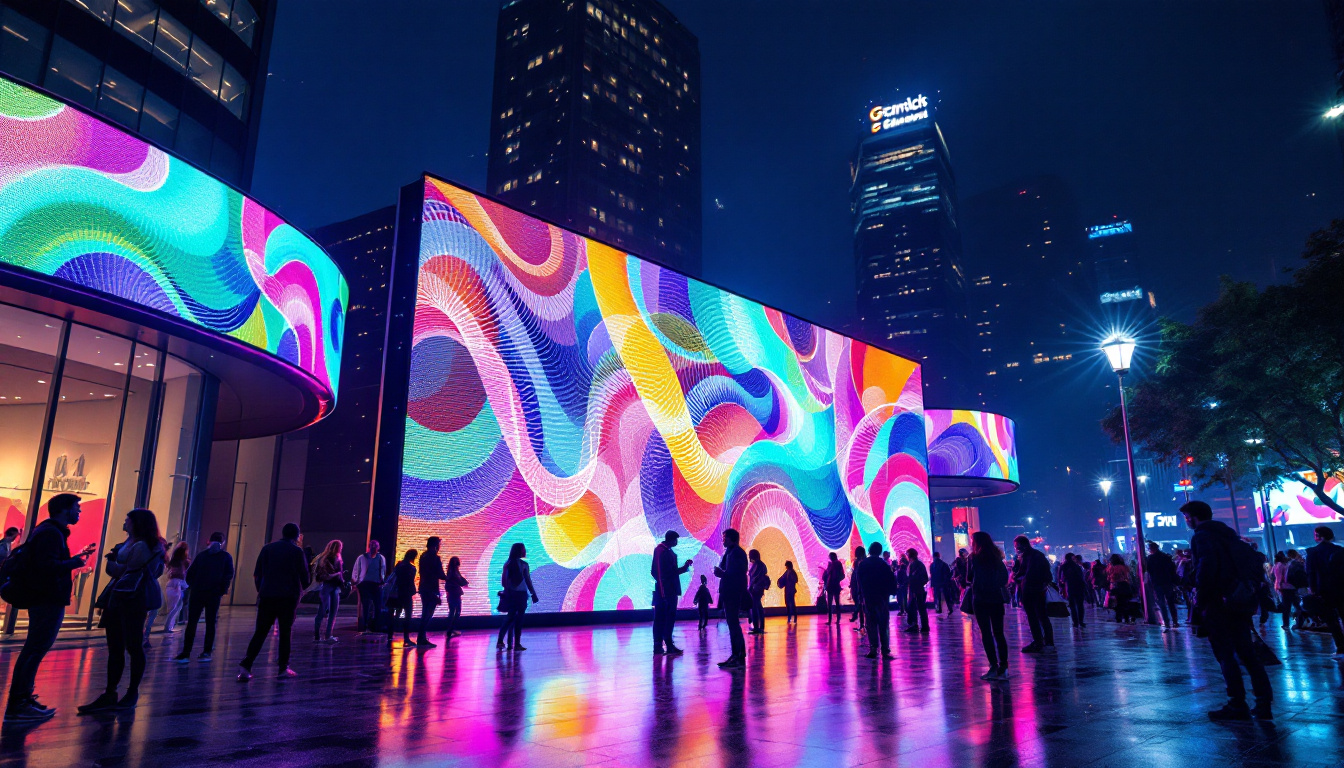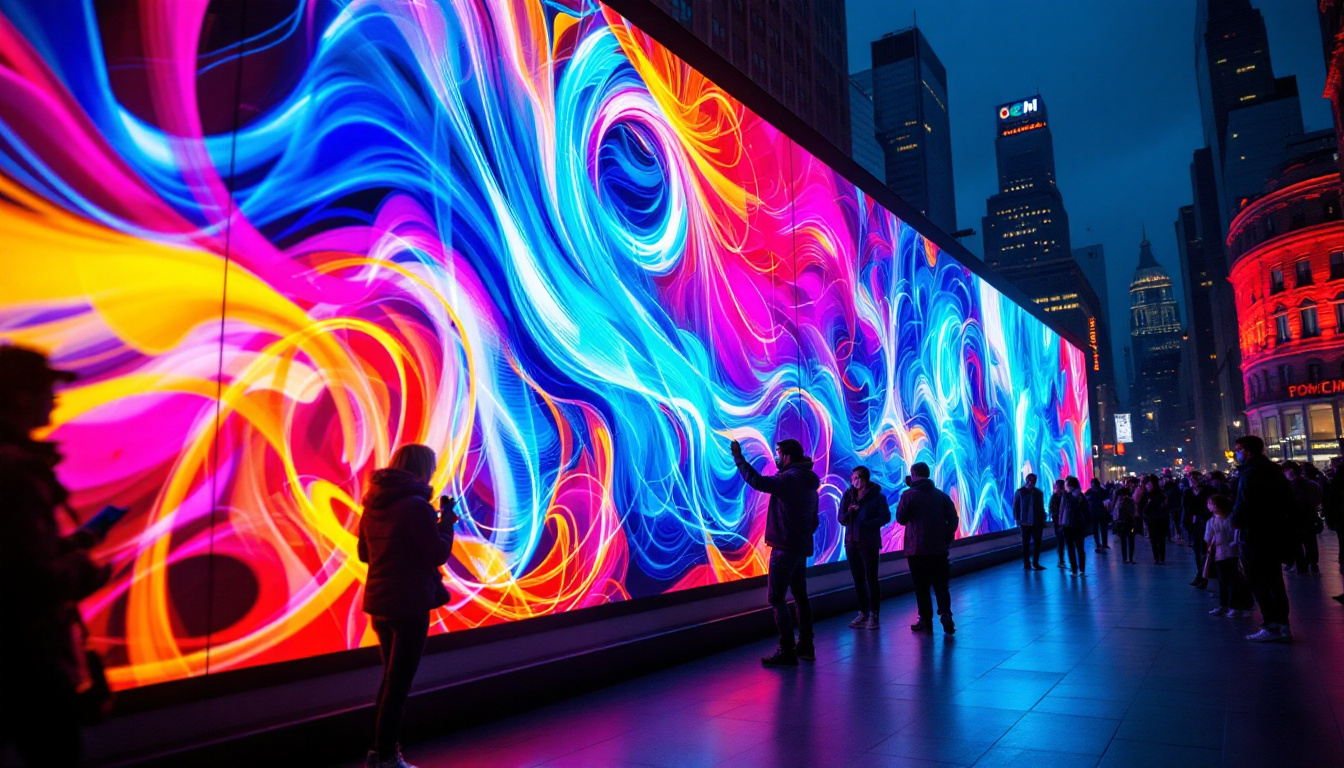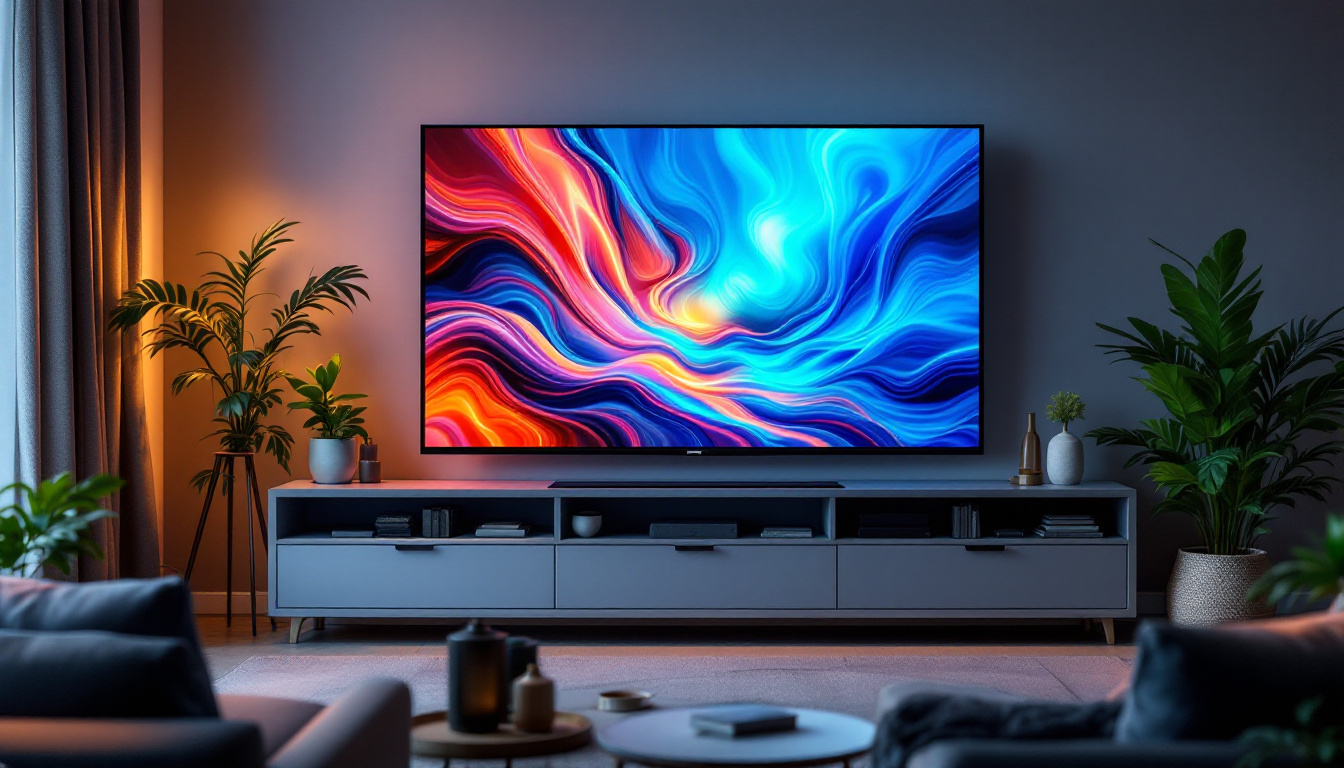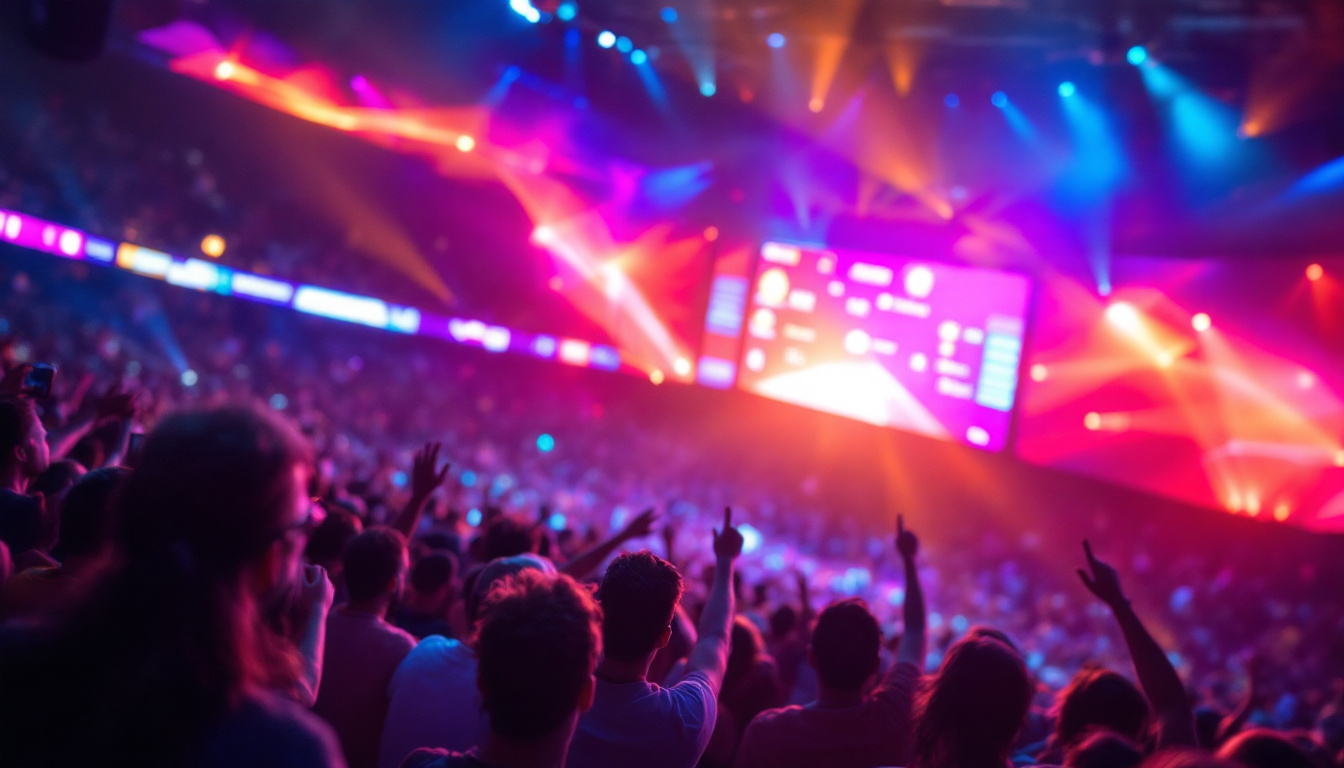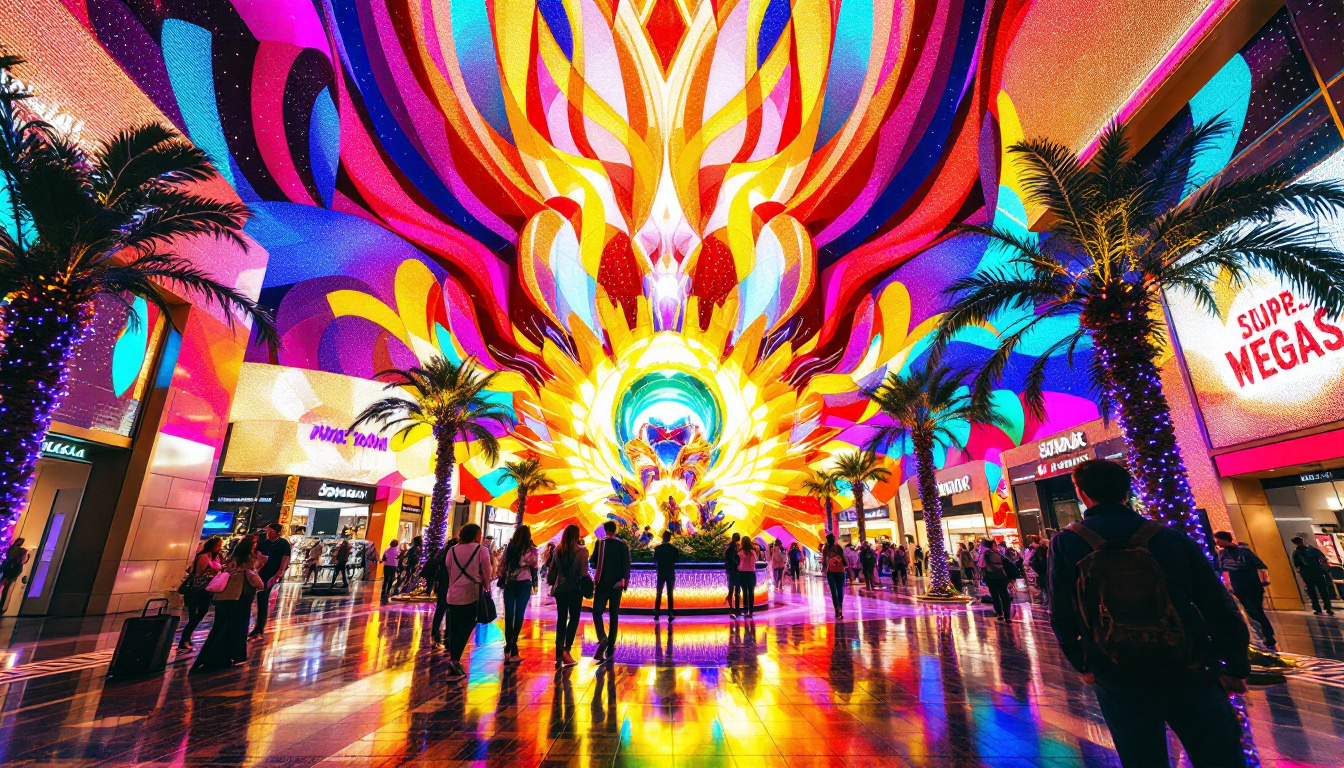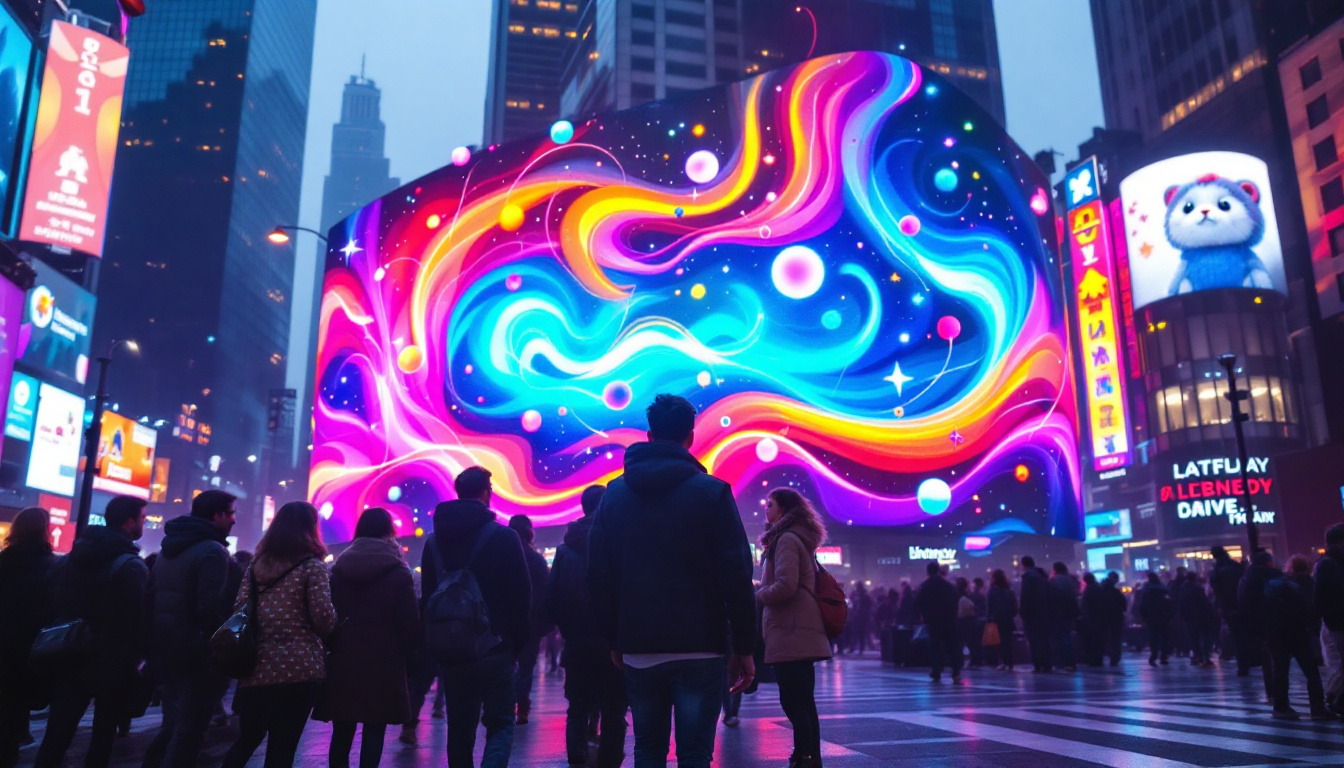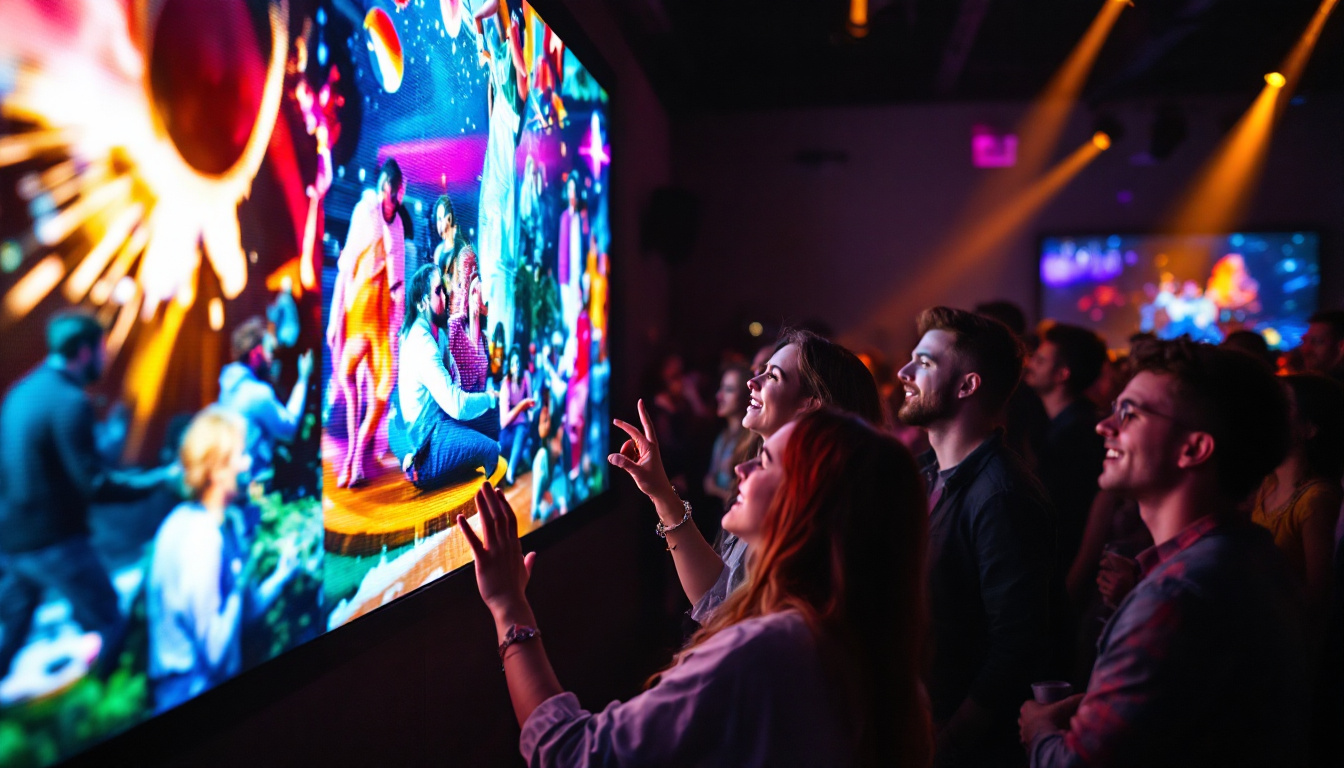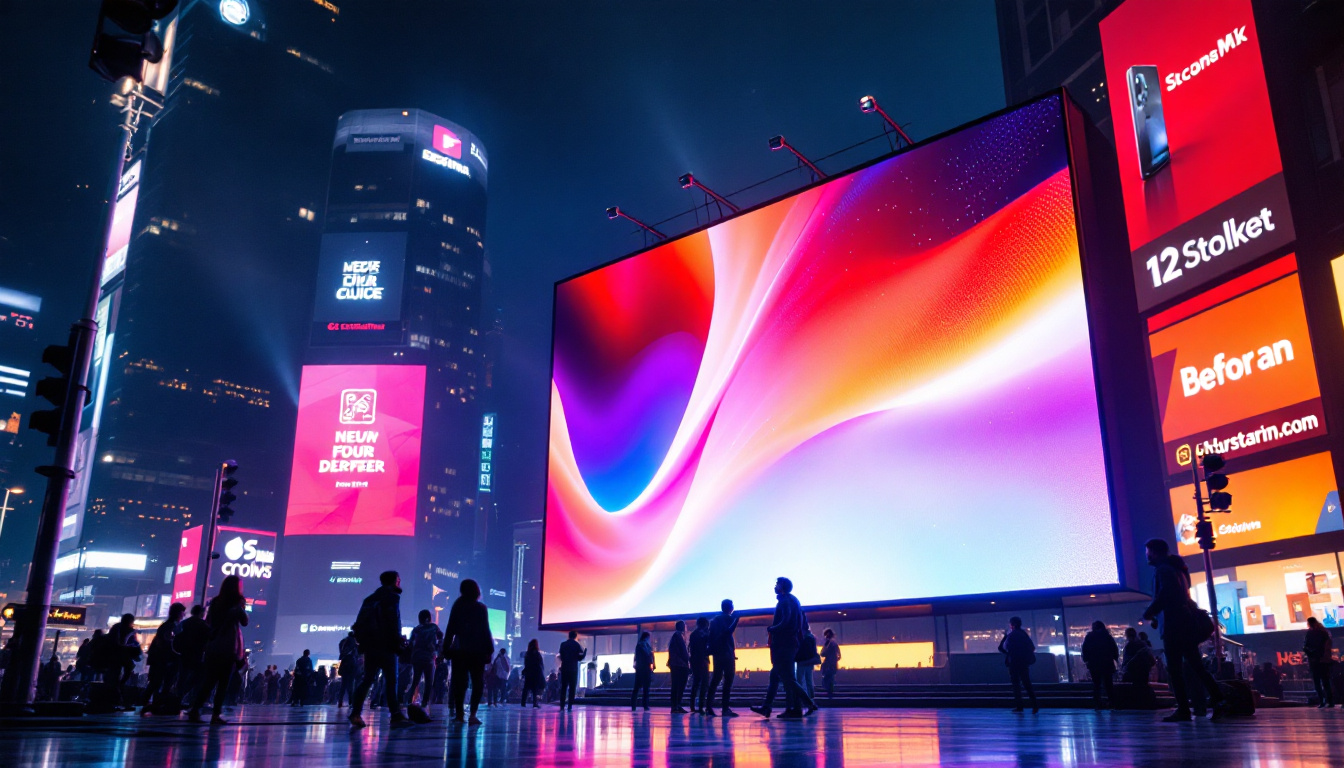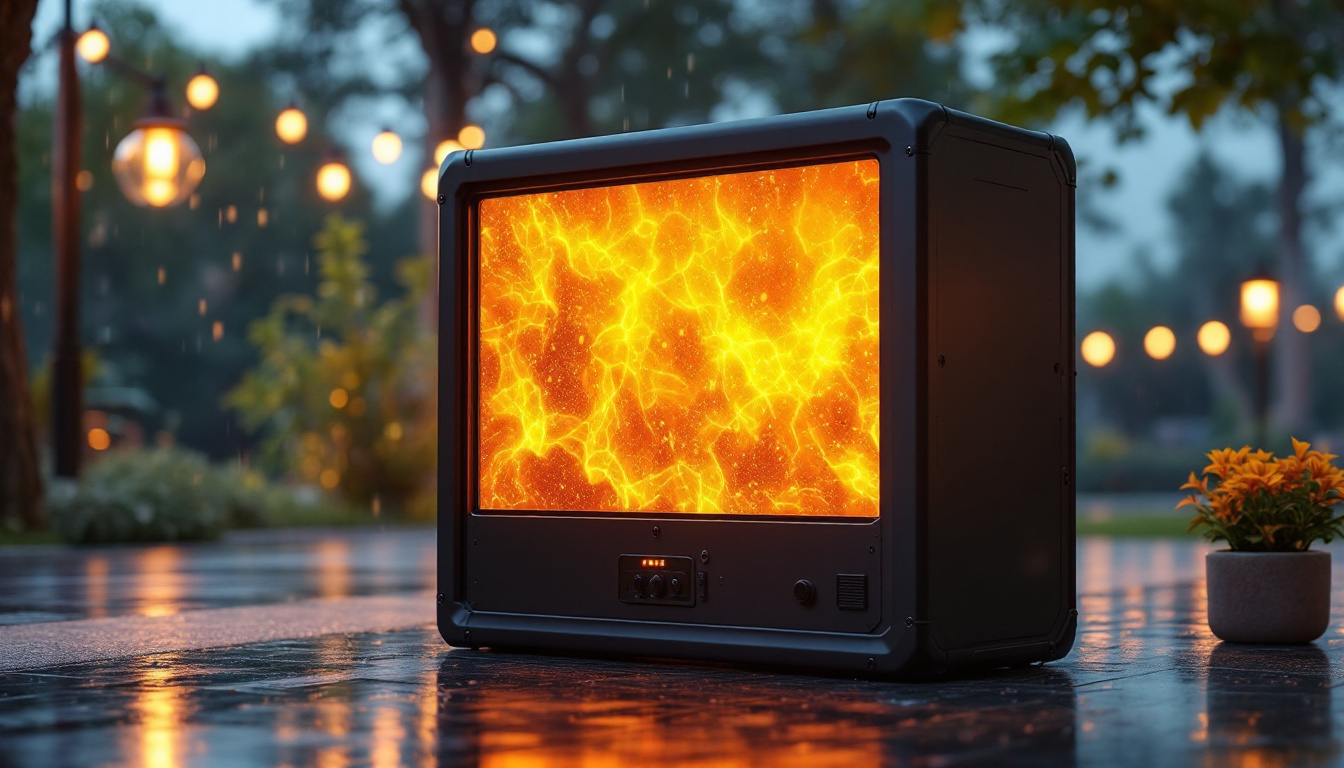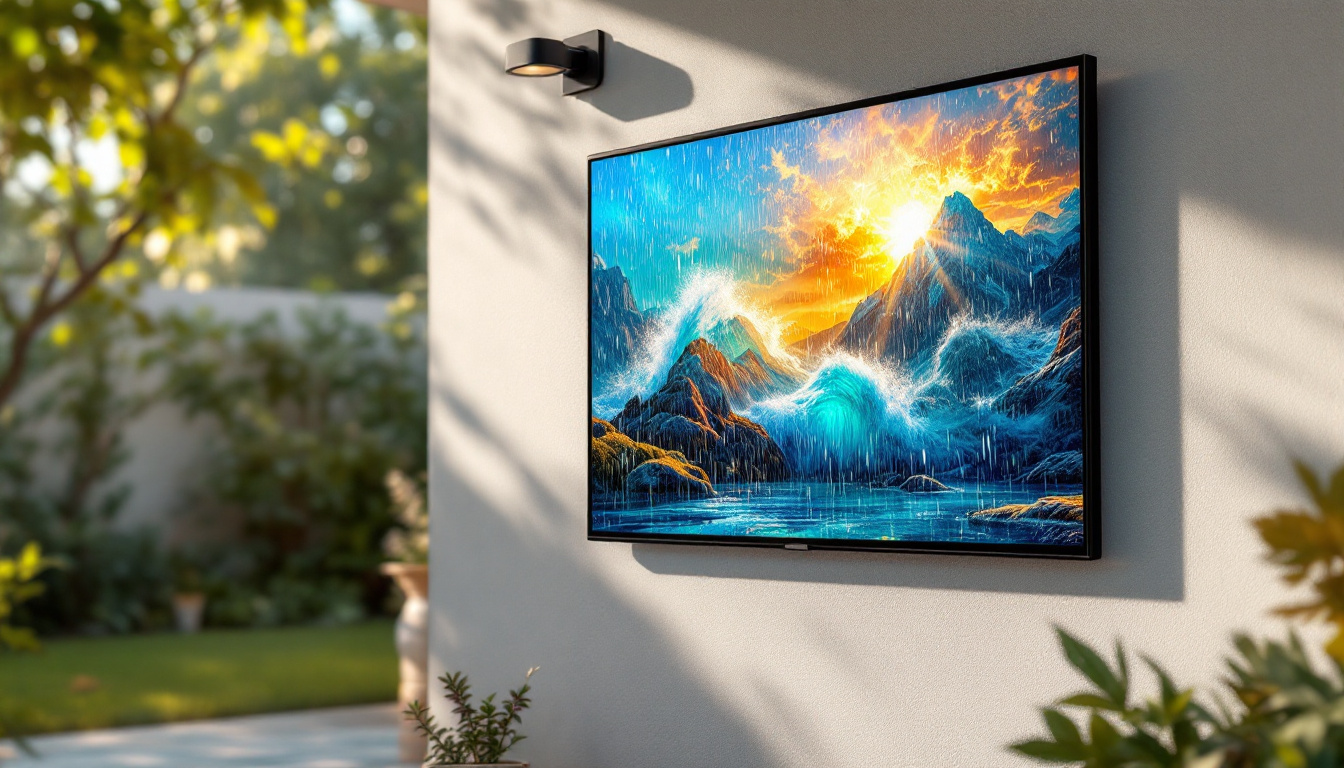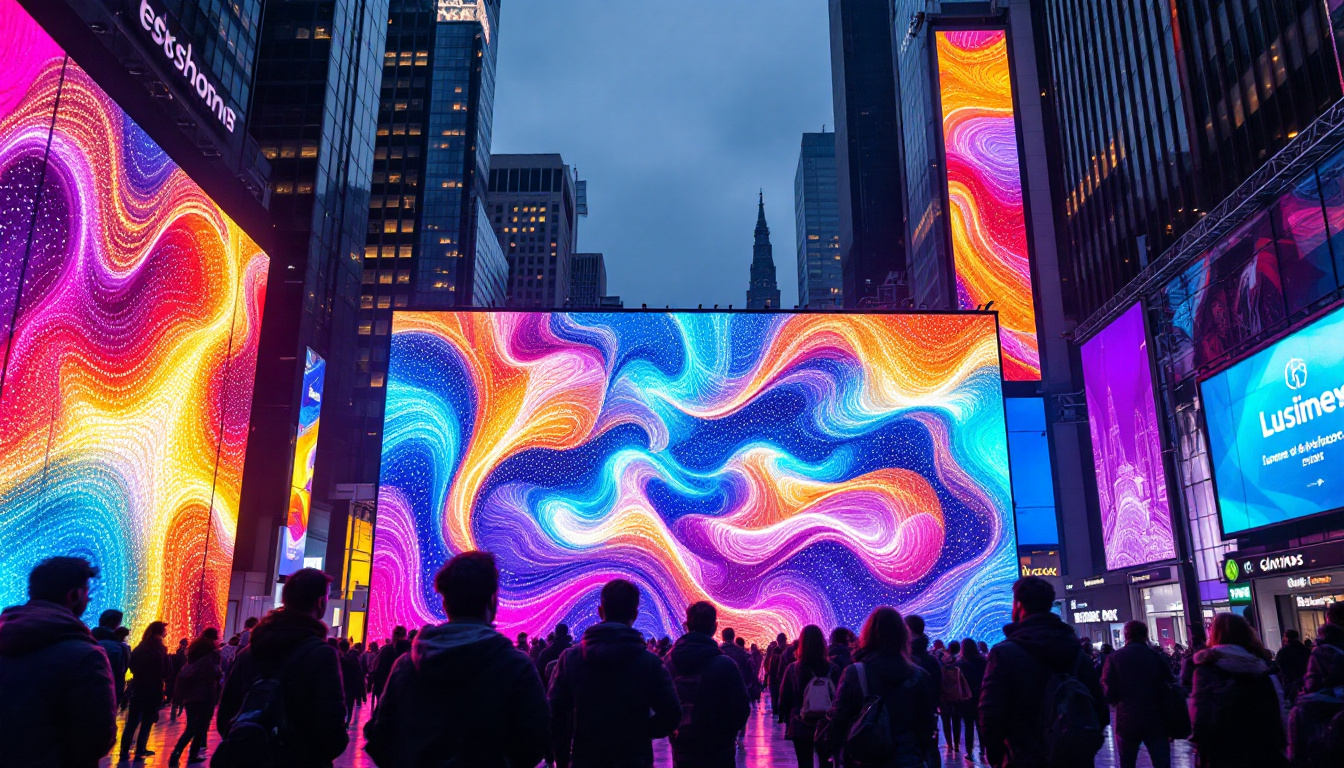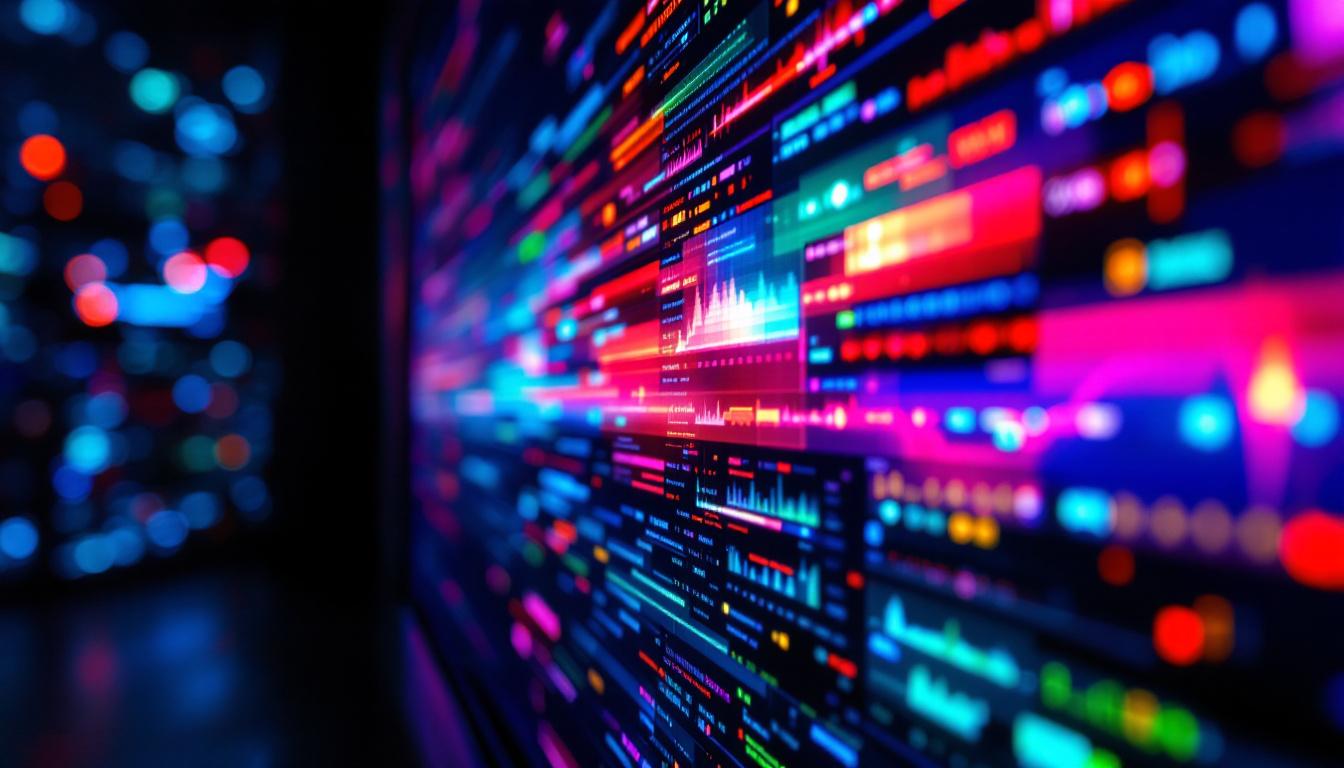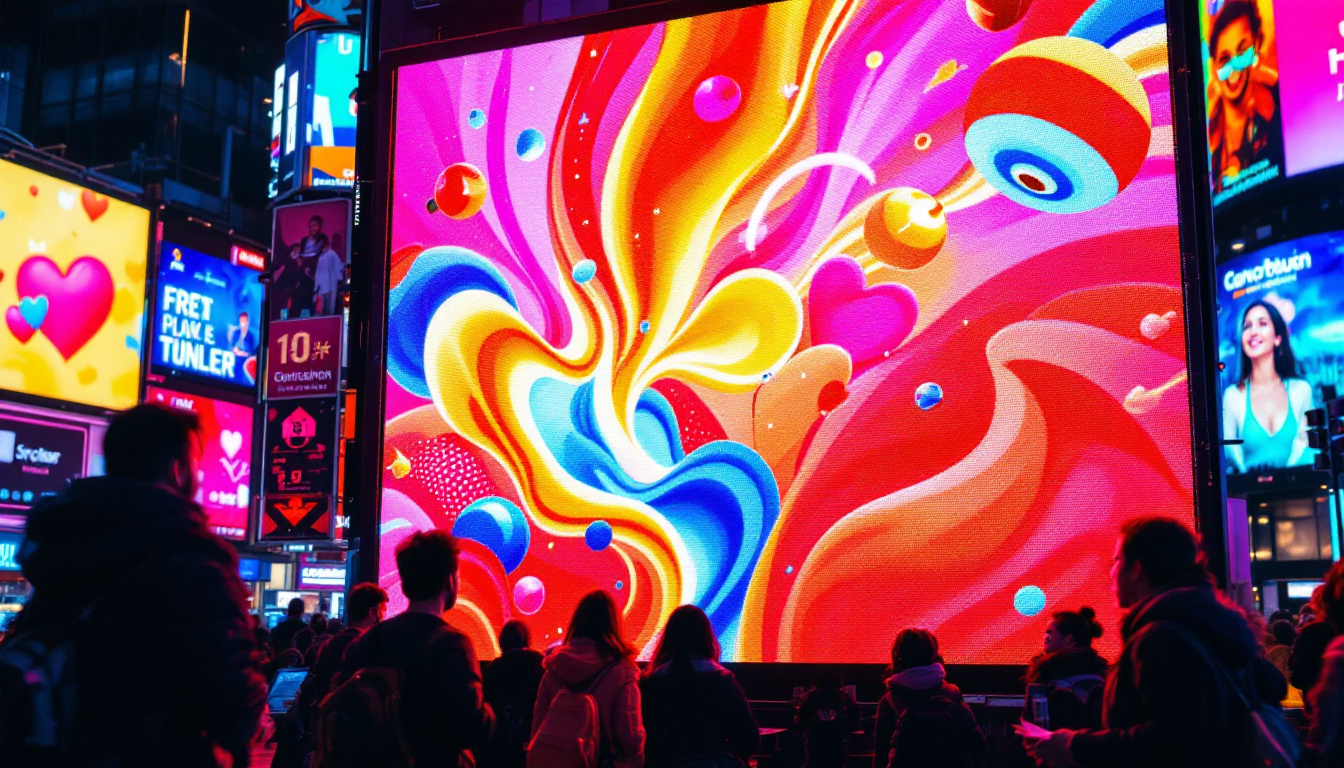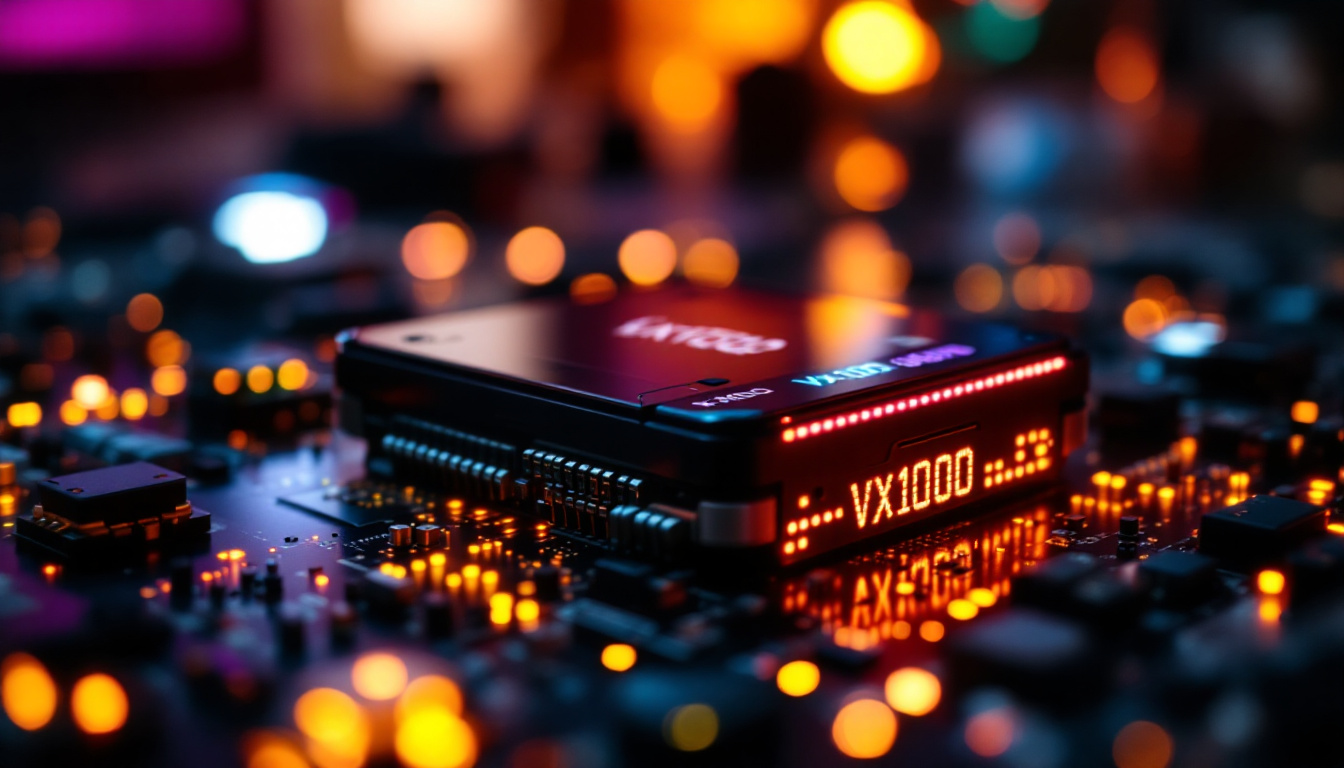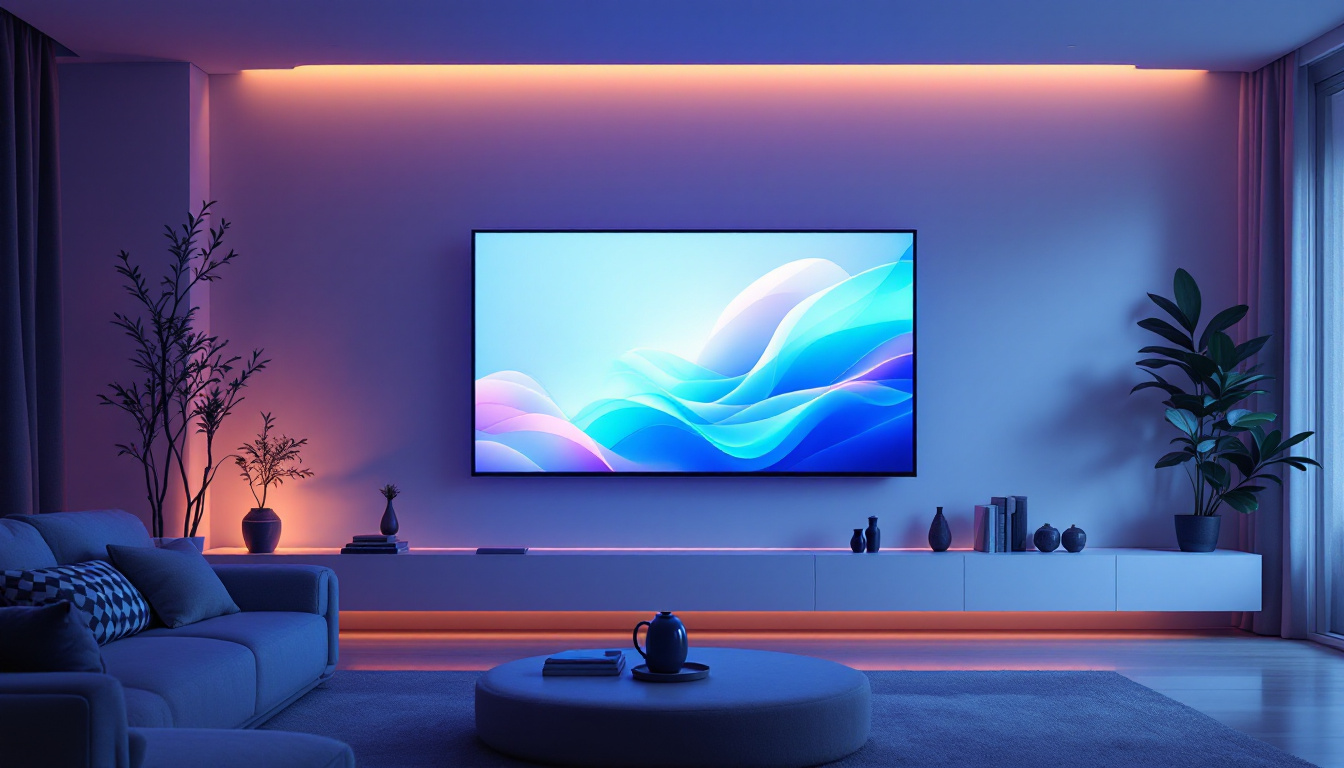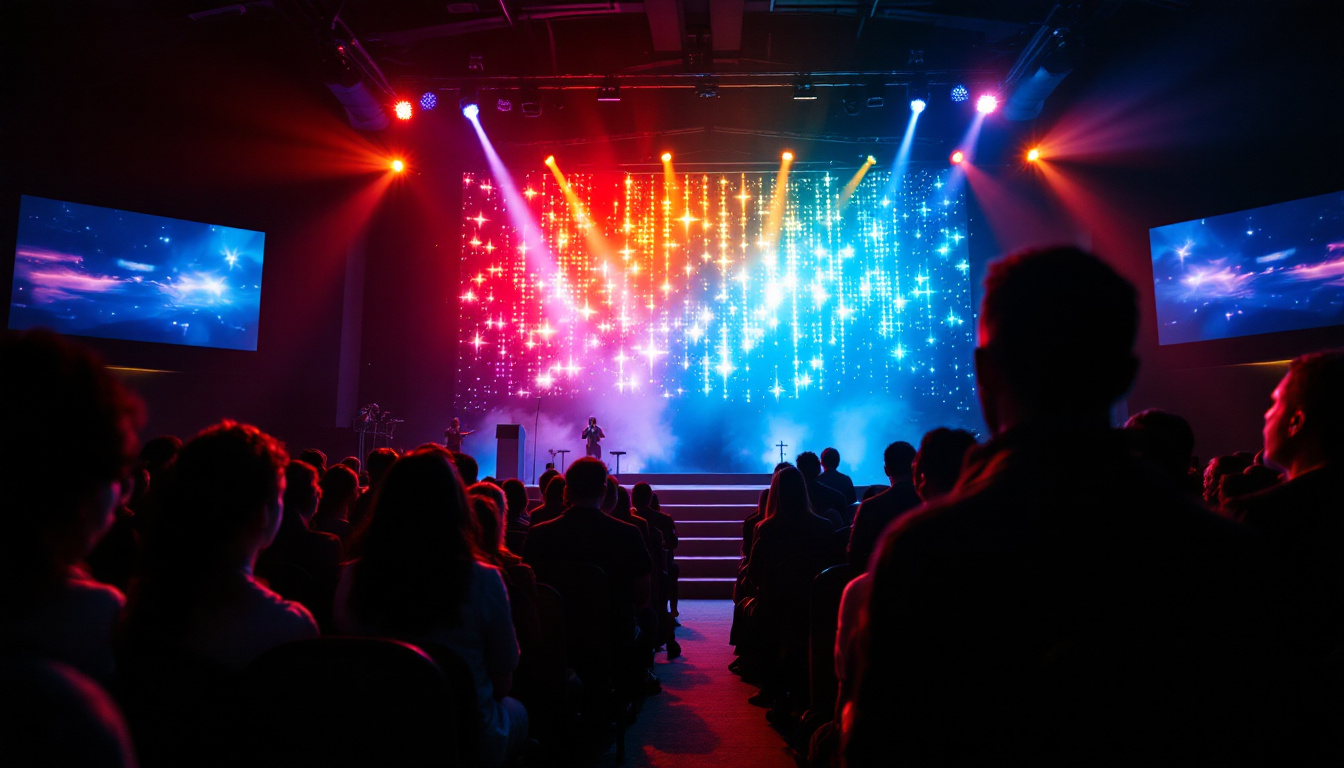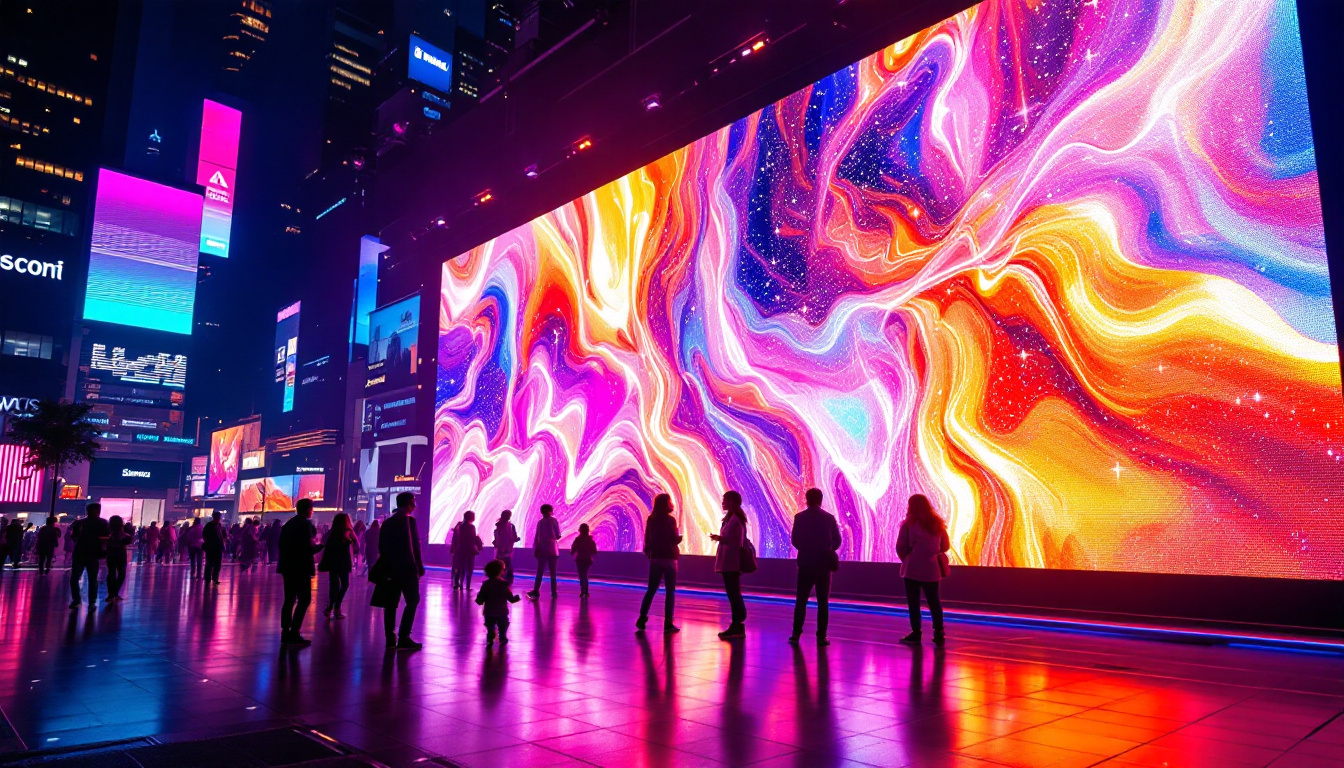In the realm of modern technology, LED displays have emerged as a pivotal component across various industries. From advertising billboards to intricate electronic devices, the versatility and efficiency of LED technology are undeniable. This article delves into the intricacies of LED displays, providing insights into their functionality, applications, and the technology that drives them.
Understanding LED Technology
Light Emitting Diodes (LEDs) are semiconductor devices that emit light when an electric current passes through them. This phenomenon is known as electroluminescence. The simplicity of this technology belies its profound impact on visual displays, making it a cornerstone in the development of modern electronic devices. From smartphones to large-scale billboards, LEDs have revolutionized the way we interact with light and information, providing vibrant colors and energy-efficient solutions that were previously unimaginable.
The Basics of LED Operation
At its core, an LED consists of a chip made from a semiconductor material, typically gallium arsenide or gallium phosphide. When voltage is applied, electrons recombine with holes in the semiconductor, releasing energy in the form of photons—this is the light we see. The color of the emitted light depends on the materials used in the semiconductor and the energy bandgap of the material. Interestingly, advancements in material science have led to the development of blue and white LEDs, which have further expanded the applications of this technology, allowing for more versatile lighting solutions and displays.
LEDs are highly efficient compared to traditional incandescent bulbs. They convert a greater percentage of electrical energy into light, resulting in lower energy consumption and longer lifespans. This efficiency is a significant factor contributing to their widespread adoption in various applications. For instance, while a typical incandescent bulb may last around 1,000 hours, an LED can last up to 25,000 hours or more, drastically reducing the need for frequent replacements and the associated waste. This longevity not only benefits consumers but also contributes to a more sustainable approach to lighting.
Types of LEDs
LEDs come in various types, each suited for specific applications. The most common types include:
- Standard LEDs: Used in indicators and simple displays.
- High-Power LEDs: Employed in lighting applications, offering greater brightness.
- RGB LEDs: Capable of producing a wide range of colors, often used in displays and decorative lighting.
- OLEDs (Organic LEDs): Known for their flexibility and high-quality images, commonly found in screens and televisions.
Each type of LED has its unique characteristics and applications, making them suitable for a wide array of uses in both consumer and industrial sectors. For instance, RGB LEDs are particularly popular in architectural lighting and stage productions, where dynamic color changes can create stunning visual effects. Meanwhile, OLED technology is pushing the boundaries of display quality, offering deeper blacks and wider viewing angles, which are essential for high-end televisions and smartphones. As research continues, we can expect even more innovative LED applications, such as in horticulture lighting, where specific wavelengths can enhance plant growth and yield.
Applications of LED Displays
LED displays are ubiquitous in today’s world, serving a multitude of purposes across different sectors. Their adaptability and efficiency make them ideal for various applications, from advertising to entertainment and beyond.
Advertising and Marketing
One of the most prominent uses of LED displays is in advertising. digital billboards and signage utilize vibrant LED screens to capture attention and convey messages effectively. The ability to change content dynamically allows businesses to target specific audiences and promote products in real-time.
Moreover, LED displays can be programmed to show animations, videos, and interactive content, enhancing viewer engagement. This adaptability makes them a preferred choice for marketers looking to create impactful advertising campaigns. Additionally, the use of LED technology in advertising is not just limited to large outdoor displays; it has also found its way into retail environments. Stores are increasingly using smaller LED screens to showcase promotions, product information, and even customer testimonials, creating a more engaging shopping experience.
Entertainment and Events
In the entertainment industry, LED displays play a crucial role in concerts, sports events, and theatrical performances. Large-scale LED screens provide audiences with clear visuals, ensuring that even those seated far from the stage can enjoy the show. Additionally, LED technology allows for stunning visual effects, enhancing the overall experience.
From stadiums to theaters, the integration of LED displays has transformed how audiences interact with performances, creating immersive environments that captivate viewers. The versatility of LED displays also extends to festivals and public events, where they can be used to broadcast live feeds, highlight sponsors, and provide important information to attendees. This not only enriches the audience’s experience but also maximizes the impact of the event’s branding and messaging.
Consumer Electronics
LED technology has revolutionized consumer electronics, particularly in televisions and computer monitors. The clarity, brightness, and energy efficiency of LED screens have made them the standard choice for display technology. With advancements in LED technology, manufacturers are now able to produce thinner and lighter screens without compromising on quality.
Furthermore, the introduction of smart LED displays has enabled features such as touch sensitivity and connectivity to the internet, enhancing user interaction and functionality. As the demand for high-definition content continues to rise, LED displays are also evolving to support 4K and even 8K resolutions, providing viewers with an unparalleled visual experience. This evolution is not just limited to home entertainment; it has also influenced the gaming industry, where LED technology is used to create immersive gaming environments with vibrant colors and rapid refresh rates, ensuring that gamers have the best possible experience.
Advantages of LED Displays
The rise of LED displays can be attributed to their numerous advantages over traditional display technologies. Understanding these benefits is crucial for businesses and consumers alike when considering their options for visual displays.
Energy Efficiency
One of the most significant advantages of LED displays is their energy efficiency. Compared to traditional incandescent and fluorescent lighting, LEDs consume significantly less power, leading to lower electricity bills and a reduced carbon footprint. This efficiency is particularly beneficial for businesses that operate large displays continuously, such as digital billboards.
Longevity and Durability
LEDs are known for their long lifespan, often lasting tens of thousands of hours. This longevity reduces the need for frequent replacements, saving both time and money. Additionally, LEDs are more durable than traditional bulbs, as they are less susceptible to breakage and can withstand harsher environmental conditions.
High-Quality Visuals
LED displays offer superior image quality, with vibrant colors and high contrast ratios. This quality is particularly important in applications where visual clarity is essential, such as in advertising and entertainment. The ability to produce bright images even in daylight further enhances their effectiveness in outdoor settings.
Challenges and Considerations
While LED displays offer numerous benefits, they are not without challenges. Understanding these challenges is essential for making informed decisions regarding their use and implementation.
Initial Cost
The initial investment in LED technology can be higher than traditional display options. However, it is crucial to consider the long-term savings associated with energy efficiency and reduced maintenance costs. Many businesses find that the return on investment justifies the upfront expense.
Heat Generation
LEDs generate heat during operation, which can affect their performance and longevity if not managed properly. Effective heat dissipation mechanisms are essential to ensure optimal functioning and to prevent overheating. This consideration is particularly important in large installations where multiple LEDs are used in close proximity.
Color Accuracy and Calibration
Achieving accurate color representation can be a challenge with LED displays. Variations in manufacturing and environmental factors can affect color consistency. Regular calibration and maintenance are necessary to ensure that displays maintain their intended visual quality, particularly in professional settings such as photography or graphic design.
The Future of LED Displays
The future of LED display technology looks promising, with ongoing advancements and innovations continually reshaping the landscape. As technology evolves, several trends are emerging that could define the next generation of LED displays.
MicroLED Technology
MicroLED is an emerging technology that promises to revolutionize the display industry. These tiny LEDs can be used to create high-resolution displays with incredible brightness and color accuracy. MicroLEDs offer the potential for even thinner and lighter screens, making them ideal for portable devices and large-scale installations alike.
Flexible and Transparent Displays
Research and development in flexible and transparent LED displays are paving the way for new applications. Flexible displays can be bent and shaped to fit various surfaces, opening up possibilities for creative designs in consumer electronics and advertising. Transparent displays, on the other hand, can be integrated into windows and glass surfaces, allowing for innovative advertising solutions without obstructing views.
Smart Integration
The integration of smart technology with LED displays is set to enhance their functionality further. Features such as connectivity to the Internet of Things (IoT), touch sensitivity, and interactive capabilities are becoming increasingly common. This integration will enable more personalized and engaging experiences for users, whether in retail environments or home entertainment systems.
Conclusion
LED displays have transformed the way information is conveyed and visual experiences are created. Their energy efficiency, longevity, and superior image quality make them a preferred choice across various industries. Despite some challenges, the ongoing advancements in LED technology promise a bright future for displays, with innovations such as MicroLED, flexible designs, and smart integrations on the horizon.
As businesses and consumers continue to explore the potential of LED displays, understanding their functionality, applications, and benefits will be essential in making informed decisions. The versatility of LED technology ensures that it will remain a cornerstone of visual communication for years to come.
Discover the Future of Visual Experience with LumenMatrix
As you consider the vast potential and applications of LED displays, LumenMatrix stands at the forefront of this innovative technology. With a commitment to revolutionizing visual communication, our range of LED display solutions—from Indoor and Outdoor LED Walls to specialized displays for Vehicles, Sports, and even Custom configurations—caters to every need. Embrace the future of vibrant, energy-efficient, and captivating displays. Check out LumenMatrix LED Display Solutions today and see how we can illuminate your brand’s message with unparalleled clarity and impact.

